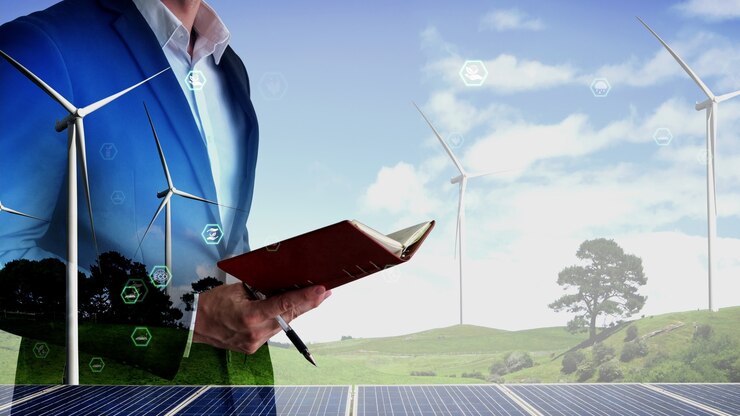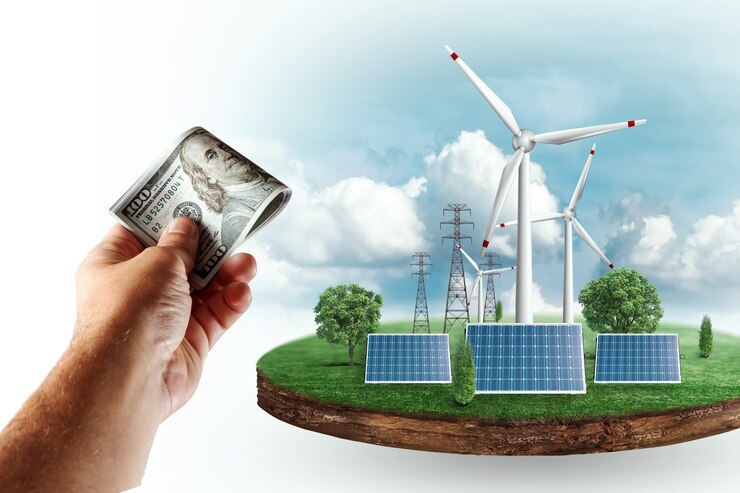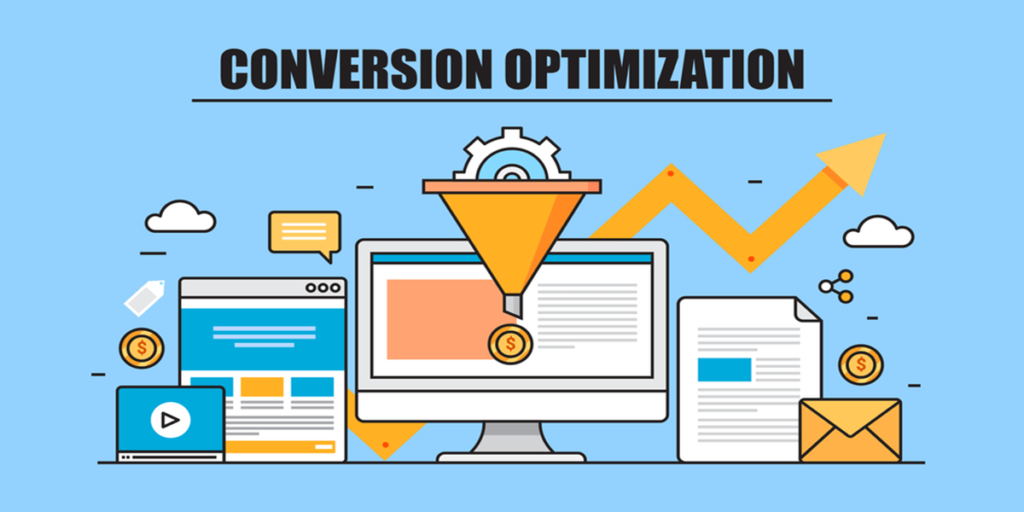Introduction
The future of energy is renewable, and 2025 is poised to be a landmark year in the evolution of the renewable energy economy. As the world increasingly turns to sustainable energy solutions to combat climate change, major developments in technology, policy, and global collaboration are set to reshape the way we produce and consume energy. In this blog, we’ll take a closer look at the key trends, breakthroughs, and strategies that will drive the renewable energy economy forward in 2025.
1. Technological Advancements in Renewable Energy
Solar Power Innovations
Solar energy has always been a cornerstone of the renewable energy economy, but in 2025, we are witnessing a surge in innovation that is making solar power more efficient and cost-effective than ever before. The development of perovskite solar cells, which promise higher efficiency at lower costs compared to traditional silicon-based cells, is expected to accelerate solar adoption worldwide.
Moreover, solar storage solutions are seeing significant improvements. Advanced battery technologies are enabling longer and more reliable energy storage, which is critical for solar power’s effectiveness during non-sunny hours. With these advancements, solar energy will play an even bigger role in shaping the renewable energy economy by providing a consistent and reliable power source.
Wind Energy Breakthroughs
Wind power continues to be a significant contributor to the renewable energy economy. However, the wind industry is on the verge of breakthroughs that will drastically increase efficiency and reduce costs. In 2025, we expect to see larger, more efficient turbines with greater energy output. Offshore wind farms, particularly in regions like the North Sea, are set to become a dominant player in global energy production, bringing a new wave of opportunities for the renewable energy economy.
Green Hydrogen Production
One of the most exciting developments in 2025 is the rise of green hydrogen as a viable alternative to fossil fuels. Green hydrogen is produced using renewable electricity to split water molecules into hydrogen and oxygen, with no carbon emissions. This clean fuel is poised to revolutionize industries such as transportation, steel production, and long-term energy storage. As green hydrogen production scales up, it will provide a new pillar for the renewable energy economy, enabling decarbonization across multiple sectors.
2. Global Policy Shifts Driving Renewable Energy Adoption
Government Incentives and Subsidies
Governments worldwide are making significant investments in the renewable energy economy. In 2025, many countries are expected to increase their subsidies for solar, wind, and storage projects. This is being driven by the urgent need to meet climate targets, particularly under international agreements such as the Paris Agreement. By offering financial incentives, tax credits, and research funding, governments are laying the groundwork for rapid growth in renewable energy deployment.
Carbon Pricing and Taxation
In 2025, carbon pricing mechanisms are set to expand, making the renewable energy economy even more attractive. As countries implement carbon taxes and cap-and-trade systems, businesses will face financial pressure to reduce their carbon emissions. This will drive investment in cleaner, renewable energy sources, as companies seek to minimize their carbon footprint and avoid hefty penalties.
Energy Transition Policies
As the world transitions away from fossil fuels, countries are implementing national and regional policies to promote renewable energy. The European Union’s Green Deal and China’s ambitious renewable energy targets are just the beginning. In 2025, we will see more countries adopting similar policies, promoting the use of renewable energy sources in both residential and industrial sectors. These policies will provide the momentum needed to propel the renewable energy economy into the mainstream.

3. Market Dynamics: Increased Investment and Corporate Partnerships
Private Sector Investment
In 2025, private sector investment in the renewable energy economy will skyrocket. Venture capital firms, private equity funds, and major corporations are increasingly betting on clean energy. With declining costs of renewable technologies and growing consumer demand for clean energy, these investments are expected to yield strong returns. As a result, we will see more companies entering the market, accelerating the global shift towards a green economy.
Corporate Renewable Energy Commitments
Large corporations, particularly in sectors like tech and manufacturing, are making bold commitments to power their operations entirely with renewable energy. In 2025, the demand for corporate renewable energy purchases will continue to rise. Partnerships between corporations and renewable energy developers will help create large-scale projects that supply clean energy to meet corporate sustainability goals. This is a key development in the renewable energy economy and will encourage other industries to follow suit.

4. Renewable Energy and Grid Modernization
Smart Grid Technologies
As renewable energy generation becomes more distributed and intermittent, the need for smarter, more flexible grid systems becomes increasingly critical. In 2025, we are likely to see widespread adoption of smart grids, which use advanced sensors, communication networks, and automated controls to optimize energy distribution. Smart grids will allow for better integration of renewable energy sources, helping stabilize the renewable energy economy by balancing supply and demand more effectively.
Energy Storage Solutions
Energy storage is one of the key challenges that has limited the widespread adoption of renewable energy. In 2025, breakthroughs in battery storage technologies will help resolve this issue, allowing for the storage of excess renewable energy generated during peak production times. This stored energy can then be used during periods of low renewable generation, ensuring a stable and reliable supply of power, which is essential for the continued growth of the renewable energy economy.

5. The Future of Jobs in the Renewable Energy Economy
Job Creation in Clean Energy
The growth of the renewable energy economy in 2025 will lead to the creation of millions of new jobs across the globe. From wind turbine technicians to solar panel installers and energy storage experts, the clean energy sector will become a major employer. Governments and companies will need to invest in workforce training programs to ensure that the necessary talent is available to support this booming industry.
Skills and Training for a Green Future
As demand for skilled workers in the renewable energy sector increases, educational institutions will play a critical role in shaping the future workforce. In 2025, we will see the emergence of specialized courses and certifications designed to equip individuals with the skills needed to thrive in the renewable energy economy.
6. Challenges Ahead for the Renewable Energy Economy
While 2025 will be a year of significant progress, challenges remain in the quest to reshape the renewable energy economy. Issues like supply chain disruptions, financing barriers, and political opposition in certain regions could slow down the growth of renewable energy adoption. However, with the right policies, investments, and technological innovations, these obstacles can be overcome, paving the way for a more sustainable future.

Conclusion
The renewable energy economy is rapidly evolving, and 2025 will be a pivotal year in this transformation. From cutting-edge technologies to supportive government policies, the momentum behind renewable energy will continue to grow. As individuals, businesses, and governments unite to tackle climate change, the renewable energy economy will serve as a cornerstone of a sustainable and prosperous future for all.
Frequently Asked Questions (FAQs)
Q1: What are the key technologies shaping the renewable energy economy in 2025?
A1: Technologies such as advanced solar panels (like perovskite), offshore wind farms, green hydrogen production, and energy storage solutions will be key drivers of the renewable energy economy in 2025.
Q2: How will global policies influence the renewable energy economy in 2025?
A2: Global policies, such as carbon pricing, subsidies for renewable energy projects, and energy transition laws, will significantly accelerate the adoption of clean energy and foster the growth of the renewable energy economy.
Q3: How will the renewable energy economy impact jobs in 2025?
A3: The renewable energy economy is expected to create millions of new jobs across various sectors, including solar and wind energy installation, energy storage, and smart grid management.
Q4: What are the challenges faced by the renewable energy economy in 2025?
A4: Some challenges include supply chain issues, financing barriers, political resistance in some regions, and the need for grid modernization to handle intermittent energy sources.
Author’s Portfolio
For more articles and insights on the renewable energy sector and other technological trends, visit my portfolio.
Tags:
Renewable Energy Economy, Green Energy, Solar Power, Wind Energy, Energy Storage, Clean Energy, 2025 Energy Trends, Renewable Energy Future, Green Hydrogen, Smart Grids, Energy Transition, Sustainable Economy



